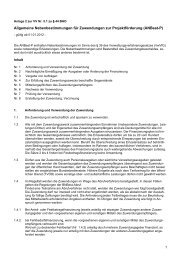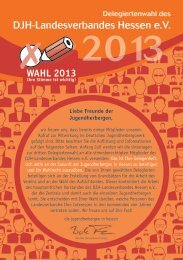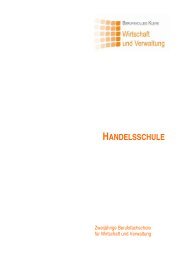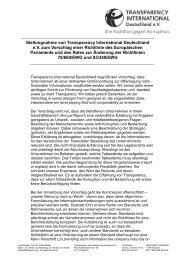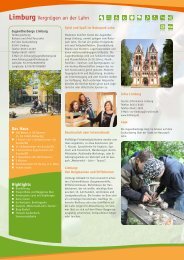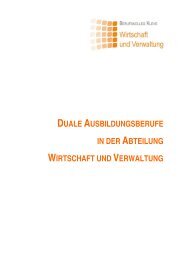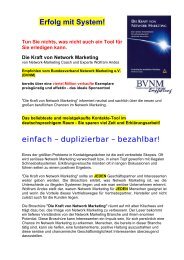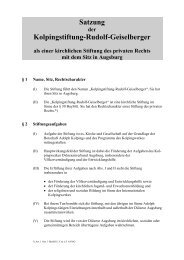REPA Booklet - Stop Epa
REPA Booklet - Stop Epa
REPA Booklet - Stop Epa
You also want an ePaper? Increase the reach of your titles
YUMPU automatically turns print PDFs into web optimized ePapers that Google loves.
4<br />
An Old Wolf in New Clothes<br />
When did the European Union decide that the Lomé Convention couldn’t continue?<br />
The formal indication came in a Green Paper published by the European Commission in 1996:<br />
As the 21 st century nears, the Union must redesign its aid policy towards the ACP countries from<br />
scratch, not only as a result of changes in the economic and political conditions governing development<br />
or rapid development in other regions of the world but because Europe’s motives are no longer the<br />
same. The colonial and post-colonial age is over, and a more open international political climate<br />
means that the partners’ respective responsibilities can be defined less ambiguously.<br />
What were the European Union’s new motives?<br />
The Foreword from the then EU President said the ACP was no longer its priority: ‘The world is now a very<br />
different place. … In a world now multipolar, the Union must make its presence felt in all regions of the world.’<br />
In what way was the world a ‘very different place’?<br />
The President was referring to at least five factors:<br />
“It appears like<br />
history repeating<br />
itself - the 1884<br />
Berlin conference,<br />
where developed<br />
nations scrambled<br />
for African<br />
resources and<br />
markets.”<br />
(Richard Kamidza,<br />
SEATINI, 2004)<br />
1. The end of the Cold War meant the Western superpowers no longer had to compete with the Soviet Union<br />
to maintain their influence in the Third World, especially Africa.<br />
2. Economic, social and political transitions in Eastern Europe posed new pressures and priorities for the<br />
European Union, with expectations that it would eventually expand to incorporate those states.<br />
3. Before the East Asian financial crisis in 1997, the Asian Tiger economies were expected to be the new<br />
powerhouse of the global economy. The EU had few Asian connections and was keen to develop them.<br />
4. The EU could now source the raw materials it once imported from the ACP more cheaply from elsewhere.<br />
5. The Lomé Convention’s Banana Protocol had been repeatedly challenged by the US and Latin American<br />
countries for breaching the GATT. Under the old GATT rules, the European Union could veto<br />
findings against it. That was no longer possible after the WTO was established in 1995.<br />
Why didn’t the European Union just terminate its arrangement with the ACP?<br />
In 1996 it would have been politically impossible for the European powers just to walk away. Third World<br />
(especially African) debt and poverty remained centre-stage, both internationally and within Europe. There<br />
were other foreign policy considerations too. With the Soviet Union gone, the European Union and the US were<br />
now competing for dominance over the rest of the world. Africa was no longer critical as a source of raw<br />
materials; but it was still important economically and strategically for the Europeans to keep Africa within their<br />
sphere of influence. The Caribbean and Pacific came as part of the ACP package deal.<br />
What did competition between the EU and US have to do with trade?<br />
Both re-organised their international trade regimes to promote their strategic interests. After the failure of the<br />
Seattle WTO Ministerial Meeting in 1999, the super-powers realised they could not guarantee to get what they<br />
wanted through the WTO. Bilateral and regional agreements became increasingly important:<br />
- By 2000, the European Union had signed a free trade agreement with South Africa, another with Chile, and<br />
initiated discussions with Mercosur (among many others).<br />
- The US promoted the Free Trade Agreement for the Americas (FTAA) and other sub-regional pacts. In<br />
relation to Africa, US Trade Representative Robert Zoellick vowed that the US ‘will seek to level the playing<br />
field in areas where U.S. exporters are disadvantaged by the European Union’s free trade agreement with<br />
South Africa’. The US African Growth and Opportunity Act (AGOA) was signed into law on 18 May 2000 to<br />
increase trade between US and Sub-Saharan Africa, initially through (one-way) non-reciprocal trade<br />
agreements that would later become (two-way) free trade agreements.<br />
- The Cotonou Agreement, signed one month later in June 2000, made provision for reciprocal free trade<br />
agreements that went beyond what the European Union could secure within the WTO.<br />
16<br />
A People’s Guide To The Pacific’s Economic Partnership Agreement



